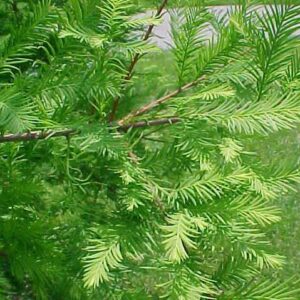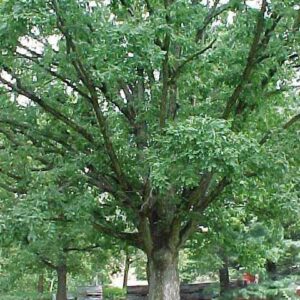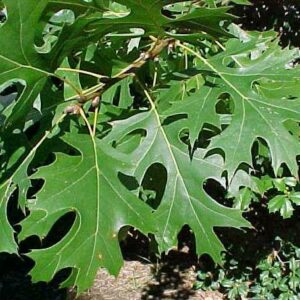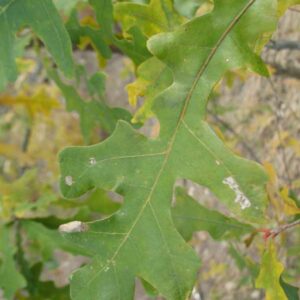Black Chokeberry (Aronia melanocarpa)
$30.00
2 in stock
Share
Description
Culture
Easily grown in average, medium moisture, well-drained soils in full sun to part shade. Plants have a wide range of soil tolerance including boggy soils. Best fruit production usually occurs in full sun. Remove root suckers to prevent colonial spread.
Noteworthy Characteristics
Aronia melanocarpa, commonly called black chokeberry, is an open, upright, spreading, somewhat rounded but leggy, suckering, deciduous shrub that typically grows 3-6? tall. It is native to low woods, swamps, bogs and moist thickets but occasionally to dry upland areas, from Newfoundland to southern Ontario and Minnesota south to Missouri, Tennessee and Georgia. Although common in many parts of its native range, it is somewhat rare in Missouri where it is only found in sandy wet or boggy ground along spring branches at the base of Crowley Ridge in southeastern Stoddard County (Steyermark). It is noted for its 5-6 flowered clusters of white 5-petaled spring (May) flowers, glossy elliptic to obovate dark green leaves (to 2-3? long) with finely toothed margins, black autumn berries (blueberry size) and purple/red fall color.
Genus name comes from the Greek aria which is the specific epithet of a mountain ash (Sorbus aria) which has similar fruit.
Specific epithet comes from the words melano meaning black and carpa meaning fruit in reference to the ripe fruits of this shrub.
The common name of chokeberry is in reference to the tart and bitter taste of the fruits which are technically edible but so astringent as to cause choking in most of those who try. Fruits are sometimes used to make tasty jams and jellies.
General Use
Group or mass in shrub borders, small gardens or open woodland areas. Ability to withstand wet conditions makes it suitable for growing on the margins of ponds or streams. Excellent addition to naturalized areas where its suckering, colonial growth habit does not need to be restrained.
Problems
No serious insect or disease problems. Some susceptibility to leaf spot and blight.
Additional information
| size | 15-gallon, 3-gallon |
|---|
Related products
-

Bald Cypress (Taxodium distichum)
$30.00 – $90.00 Select options This product has multiple variants. The options may be chosen on the product page -

Chinkapin Oak (Quercus muehlenbergii)
Select options This product has multiple variants. The options may be chosen on the product page -

Shumard oak (Quercus shumardii)
$30.00 Add to cart -

Overcup Oak (Quercus lyrata)
$30.00 – $90.00 Select options This product has multiple variants. The options may be chosen on the product page


